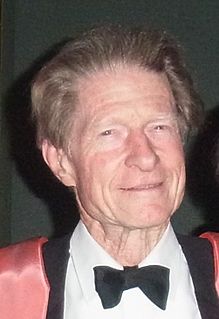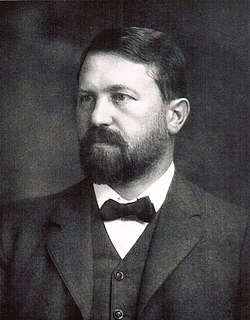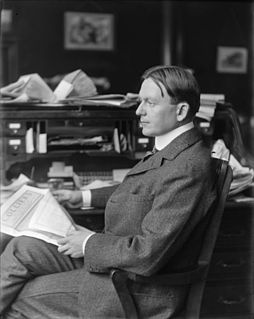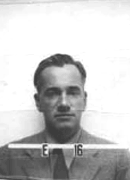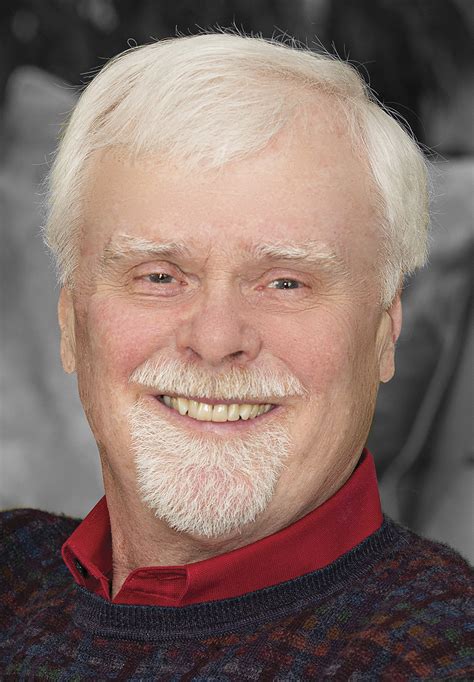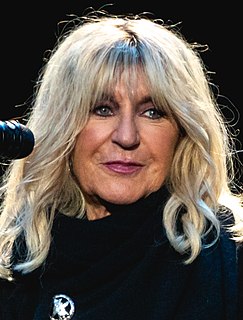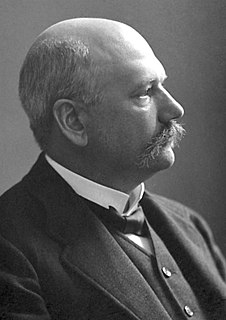A Quote by John Gurdon
The aim of a nuclear-transplant experiment is to insert the nucleus of a specialized cell into an unfertilized egg whose nucleus has been removed.
Quote Topics
Related Quotes
For it is not cell nuclei, not even individual chromosomes, but certain parts of certain chromosomes from certain cells that must be isolated and collected in enormous quantities for analysis; that would be the precondition for placing the chemist in such a position as would allow him to analyse [the hereditary material] more minutely than [can] the morphologists ... For the morphology of the nucleus has reference at the very least to the gearing of the clock, but at best the chemistry of the nucleus refers only to the metal from which the gears are formed.
First the stalk — then the roots. First the need — then the means to satisfy that need . First the nucleus — then the elements needed for its growth. The seed is a primary cause. The need, the nucleus, both are primary causes. Conditions — they are secondary. Given enough life in the nucleus, it will draw to itself the necessary means for growth regardless of conditions.
We [Frisch and Lise Meitner] walked up and down in the snow, I on skis and she on foot (she said and proved that she could get along just as fast that way), and gradually the idea took shape that this was no chipping or cracking of the nucleus but rather a process to be explained by Bohr's idea that the nucleus was like a liquid drop; such a drop might elongate and divide itself.
Despite their differences, pride, shame, and guilt all activate similar neural circuits, including the dorsomedial prefrontal cortex, amygdala, insula, and the nucleus accumbens. Interestingly, pride is the most powerful of these emotions at triggering activity in these regions - except in the nucleus accumbens, where guilt and shame win out. This explains why it can be so appealing to heap guilt and shame on ourselves - they're activating the brain's reward center.
A woman's chastity consists, like an onion, of a series of coats. You may strip off the outer ones without doing much mischief, perhaps none at all ; but you keep taking off one after another, in expectation of coming to the inner nucleus, including the whole value of the matter. It proves, however, that there is no such nucleus, and that chastity is diffused through the whole series of coats, is lessened with the removal of each, and vanishes with the final one which you supposed would introduce you to the hidden pearl.
